67,000 CT Homes At Risk from Hurricane Storm Surges; State Ranks 14th Among States Under Threat
/More than 6.8 million homes on the Atlantic and Gulf coasts are at potential risk of damage from hurricane storm surge inundation with a total reconstruction cost value of more than $1.5 trillion, according to a new analysis by CoreLogic. Connecticut, which has felt the brunt of major east coast storms in recent years, ranks 14th among the states in the potential damage from future storms, with more than 67,000 homes at risk of flood exposure. According to the analysis, nearly 7,000 Connecticut homes are at extreme risk from future storms, another 21,600 homes are at very high risk, and nearly 18,000 are at high risk, depending upon the severity of the storm. In addition, just over 21,000 homes are seen as being of moderate risk. In the analysis, a category 1-5 storm would place a structure at extreme risk, a category 2-5 storm at very high risk, a category 3-5 storm at high risk, and a category 4-5 storm would put a home at moderate risk.
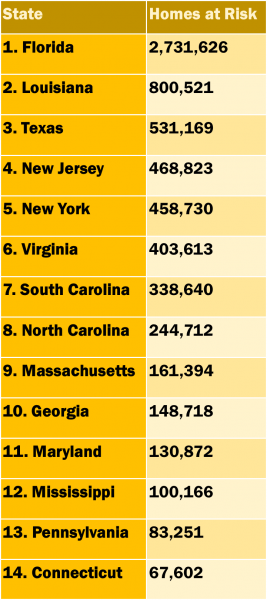 Among neighboring states, Connecticut ranked behind Massachusetts, New York and New Jersey.
Among neighboring states, Connecticut ranked behind Massachusetts, New York and New Jersey.
In addition to the number of homes at risk, the analysis also provides the reconstruction cost value (RCV), which is the cost to completely rebuild a property in case of damage, including labor and materials by geographic location, assuming a worst-case scenario at 100-percent destruction. The analysis points out that the location of hurricanes that hit land is often a more important factor than the number of storms that may occur during the year.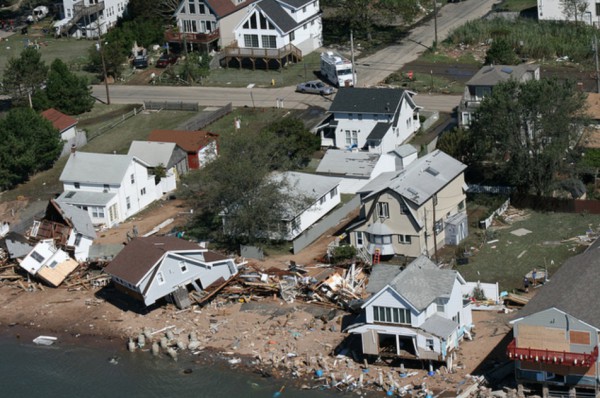
At the state level, Texas and Florida, which have the longest coastal areas, consistently have more homes at risk than other states. Florida ranks first with 2.7 million at-risk homes across the five risk categories and Texas ranks third with 531,169 at-risk homes. Since the number of homes at risk strongly correlates with the accompanying RCV, these two states rank first and fifth, respectively for having the largest RCV, according to the analysis.
The states with the most at-risk homes are Florida, Louisiana, Texas, New Jersey, New York, Virginia, South Carolina, North Carolina, Massachusetts, Georgia, Maryland, Mississippi, Pennsylvania, Connecticut and Delaware.
Rhode Island, Maine and New Hampshire ranked 17th, 18th and 19th respectively.
The CoreLogic storm surge analysis, officials say, complements Federal Emergency Management Agency (FEMA) flood zone information to provide a snapshot of potential damage exposure at the property level since many properties located outside designated FEMA flood zones are still at risk for storm surge damage. The analysis examines risk from hurricane-driven storm surge for homes along the Atlantic and Gulf coastlines across 19 states and the District of Columbia, as well as for 88 metro areas.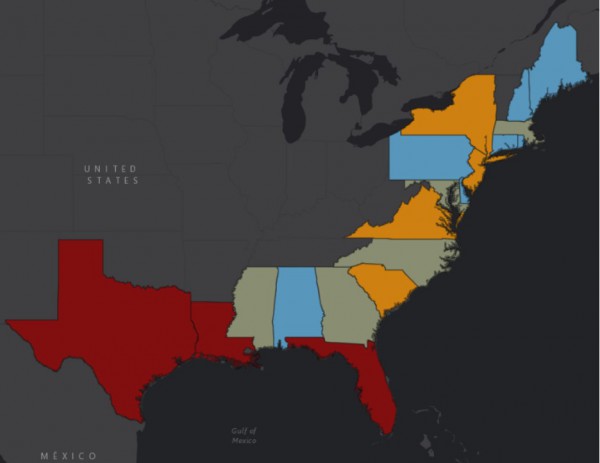
“Using more granular-level data has given us an even clearer picture of which homes are at risk of storm surge damage,” said Dr. Tom Jeffery, senior hazard risk scientist for CoreLogic. “Despite the overall increases in risk, we were glad to see that the number and value of homes in the most extreme, and dangerous, category actually declined.”
At the regional level, the Atlantic Coast has just under 3.9 million homes at risk of storm surge with an RCV of $953 billion, and the Gulf Coast has just over 2.9 million homes at risk with $592 billion in potential exposure to total destruction damage.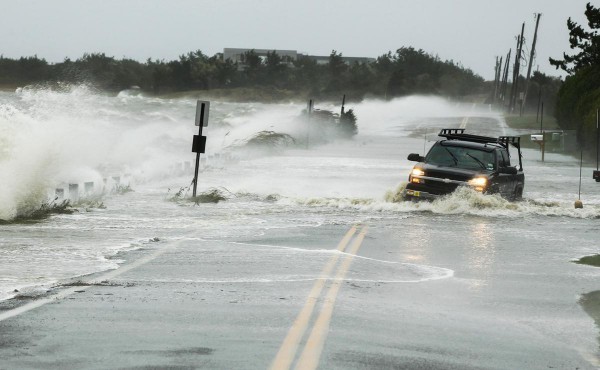
When the states are ranked by the anticipated reconstruction cost value of the homes at risk, Connecticut ranks 12th.
Among the nation’s major metropolitan areas, those with the most homes potentially affected by all categories of hurricane are Miami, New York Tampa, New Orleans, Virginia beach, Cape Coral, Houston, Bradenton, Naples, Jacksonville, Philadelphia, Charleston, Boston, Myrtle Beach and Lafayette.
CoreLogic is a leading global property information, analytics and data-enabled services provider. The company’s combined data from public, contributory and proprietary sources includes over 4.5 billion records spanning more than 50 years.
The official hurricane season extends from June-November each year, but hurricanes are not limited to that timeframe. The report indicates that most preseason forecasts to date have predicted an increase in both the total number of storms and the number of hurricanes in 2016, compared with the last three years. The storm predictions from Tropical Storm Risk, for example, show a 35 percent chance of this year being an above average season.


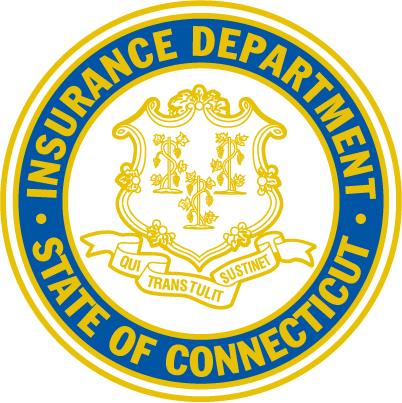


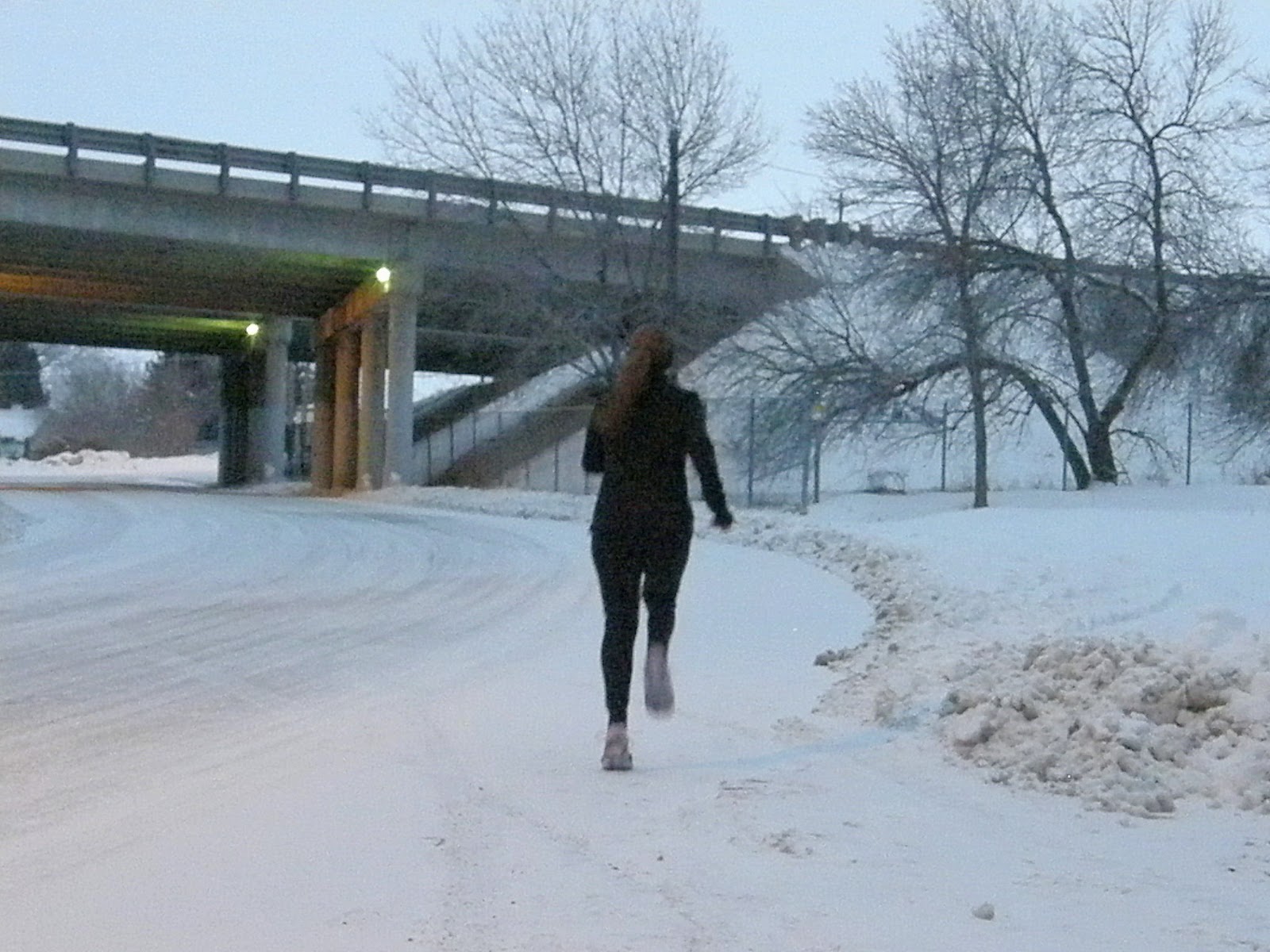 Officials at Waterford’s Crystal Mall indicate that their mall walking program is year-round, and has been running for over 10 years. They have approximately 20 regular participants, and doors open for the program at 8 a.m. Monday through Saturday and 10 a.m. on Sundays. Advance sign-up is required, and people who are interested can easily sign up at Guest Services or the mall office during regular shopping hours.
Officials at Waterford’s Crystal Mall indicate that their mall walking program is year-round, and has been running for over 10 years. They have approximately 20 regular participants, and doors open for the program at 8 a.m. Monday through Saturday and 10 a.m. on Sundays. Advance sign-up is required, and people who are interested can easily sign up at Guest Services or the mall office during regular shopping hours.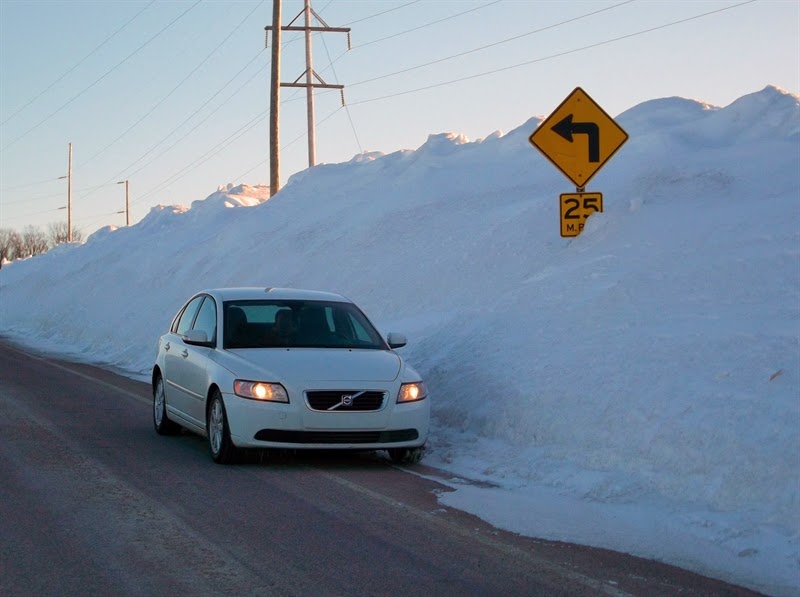
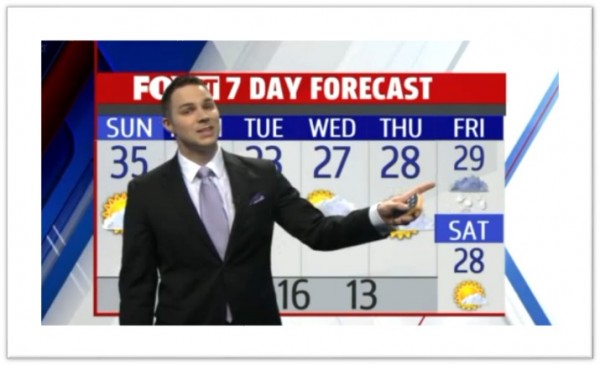 Western Connecticut State University has the state's only meteorology program, which was run for many years by WTNH-TV meteorologist Dr. Mel Goldstein. The WCSU website is chock full of
Western Connecticut State University has the state's only meteorology program, which was run for many years by WTNH-TV meteorologist Dr. Mel Goldstein. The WCSU website is chock full of 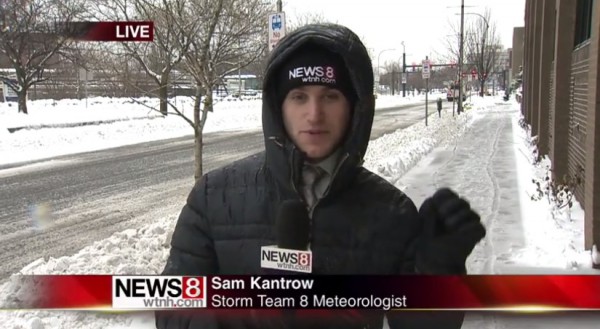
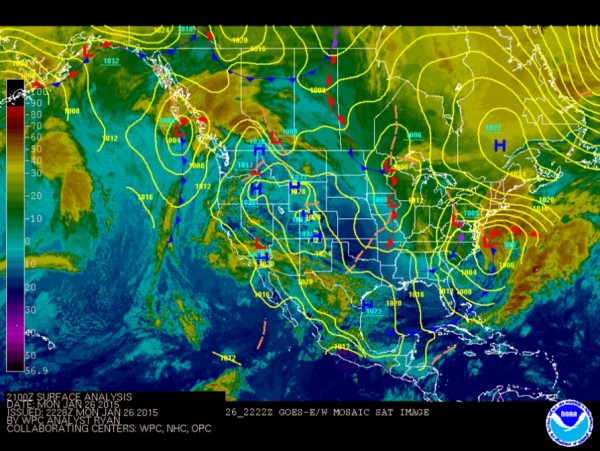 . Students in the bachelor's program earn credits while performing TV/radio weathercasts or doing real-time forecasting for clients in the university's on-campus Weather Center, according to the WCSU website.
. Students in the bachelor's program earn credits while performing TV/radio weathercasts or doing real-time forecasting for clients in the university's on-campus Weather Center, according to the WCSU website.
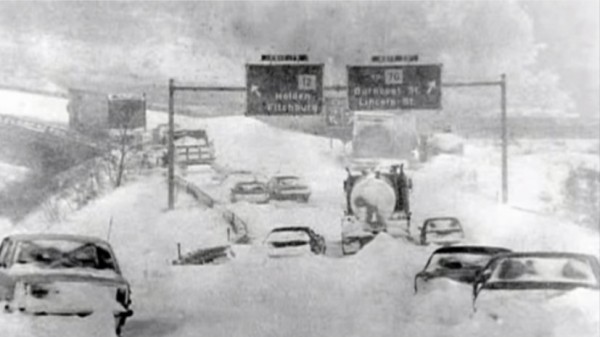 The website recalls that “in Connecticut, Governor Ella Grasso was trying to drive from the Governor’s Mansion to the state storm center in downtown H
The website recalls that “in Connecticut, Governor Ella Grasso was trying to drive from the Governor’s Mansion to the state storm center in downtown H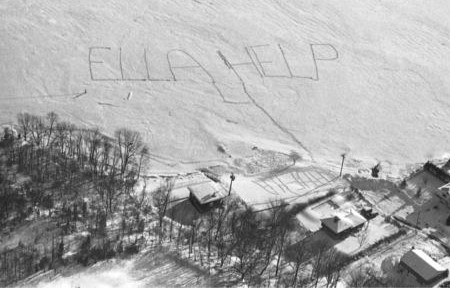 artford. She didn’t quite make it. Forced to abandon her car and walk the remaining blocks to the state armory, Grasso was not slow in taking the storm seriously. Thanks to (Massachusetts Governor Michael) Dukakis and Grasso, both state and National Guard troops would soon be on their way.”
artford. She didn’t quite make it. Forced to abandon her car and walk the remaining blocks to the state armory, Grasso was not slow in taking the storm seriously. Thanks to (Massachusetts Governor Michael) Dukakis and Grasso, both state and National Guard troops would soon be on their way.”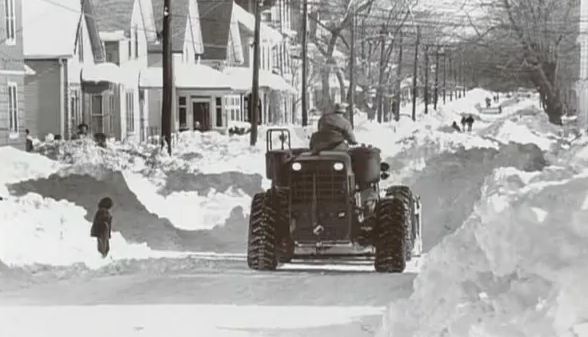
![5th-tristate-weather-conference-final[1]](http://static1.squarespace.com/static/5c981f3d0fb4450001fdde5d/5c9d7eea87da80ed9fa8b24c/5c9d80f187da80ed9fa935fd/1553826033515/5th-tristate-weather-conference-final1.jpg?format=original)
 Connecticut First Alert Weather Team in December 2005 and currently serves as the weekend evening meteorologist and as a general assignment reporter on weekdays. His
Connecticut First Alert Weather Team in December 2005 and currently serves as the weekend evening meteorologist and as a general assignment reporter on weekdays. His 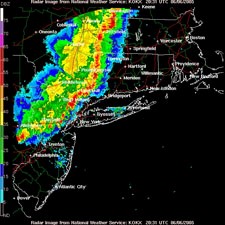 Dr. Jason Tuelll, Director, Eastern Region NWS, Bohemia, NY
Dr. Jason Tuelll, Director, Eastern Region NWS, Bohemia, NY
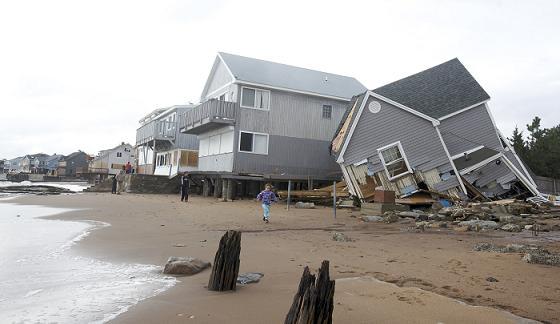 Half of the 15 costliest catastrophes since 1970 have occurred in the past 10 years. The analysis methodology, going back to 1970, reviewed loss including property and business interruption, excluding liability and life insurance losses. It was released this week by
Half of the 15 costliest catastrophes since 1970 have occurred in the past 10 years. The analysis methodology, going back to 1970, reviewed loss including property and business interruption, excluding liability and life insurance losses. It was released this week by 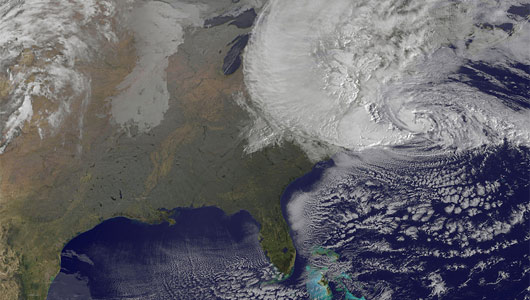 ter and the Pentagon on September 11, 2001, with insured losses of $25.6 billion.
ter and the Pentagon on September 11, 2001, with insured losses of $25.6 billion. , based on a nationwide map developed using county-by-county data, is to be believed.
, based on a nationwide map developed using county-by-county data, is to be believed.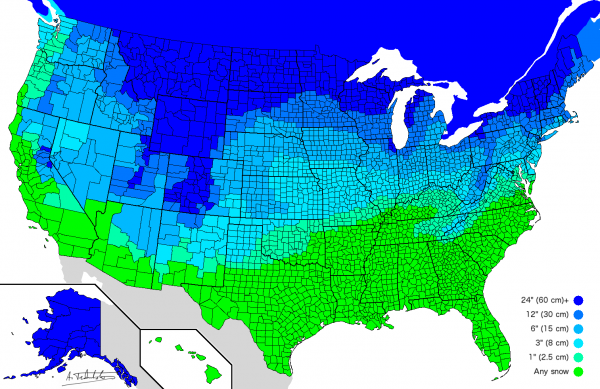

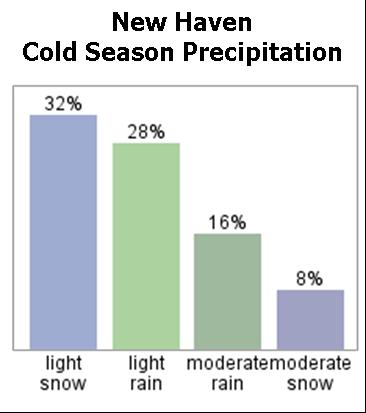 temperature drops below freezing, according to a report published in
temperature drops below freezing, according to a report published in 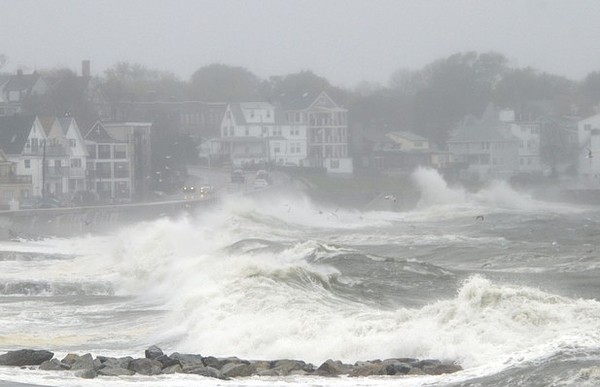 That would mean that by the middle of this century, the one-in-10 year flood level at Atlantic City, for example, would exceed any flood level seen previously, including the natural disaster that was Superstorm Sandy. The scientists suggest, based on their research, that “planners should account for rising sea levels,” noting that “where the consequences of flooding are high, prudent planning requires consideration of high-end projections” outlined in their study.
That would mean that by the middle of this century, the one-in-10 year flood level at Atlantic City, for example, would exceed any flood level seen previously, including the natural disaster that was Superstorm Sandy. The scientists suggest, based on their research, that “planners should account for rising sea levels,” noting that “where the consequences of flooding are high, prudent planning requires consideration of high-end projections” outlined in their study. . “I believe that the projections for bedrock locations are applicable throughout Connecticut,” said Miller, a professor of earth and planetary sciences in Rutgers' School of Arts and Sciences.
. “I believe that the projections for bedrock locations are applicable throughout Connecticut,” said Miller, a professor of earth and planetary sciences in Rutgers' School of Arts and Sciences. 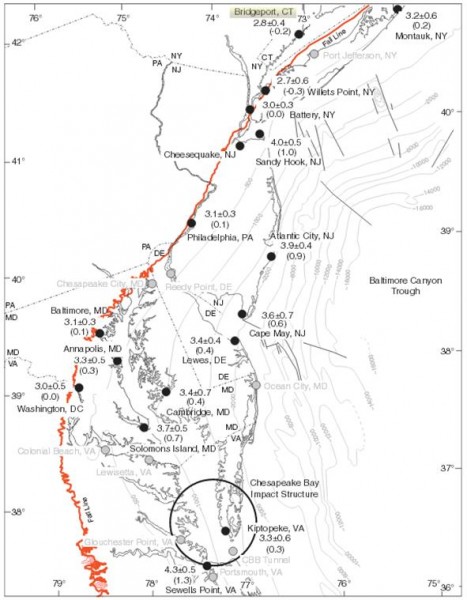
 vel rise in the mid-Atlantic region also results from changes in ocean dynamics. The researchers said sea-level rise could be higher -- 2.3 feet by mid-century and 5.9 feet by the end of the century -- depending on how sensitive the Gulf Stream is to warming and how fast the ice sheets melt in response to that warming.
vel rise in the mid-Atlantic region also results from changes in ocean dynamics. The researchers said sea-level rise could be higher -- 2.3 feet by mid-century and 5.9 feet by the end of the century -- depending on how sensitive the Gulf Stream is to warming and how fast the ice sheets melt in response to that warming.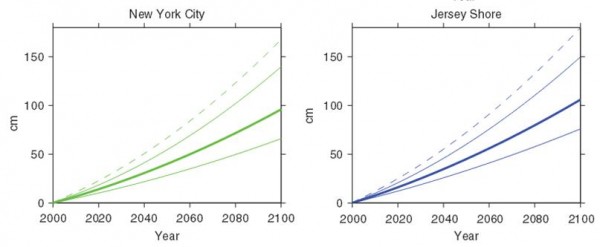 c organization representing more than 62,000 members in 144 countries.
c organization representing more than 62,000 members in 144 countries.
























